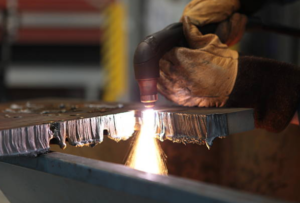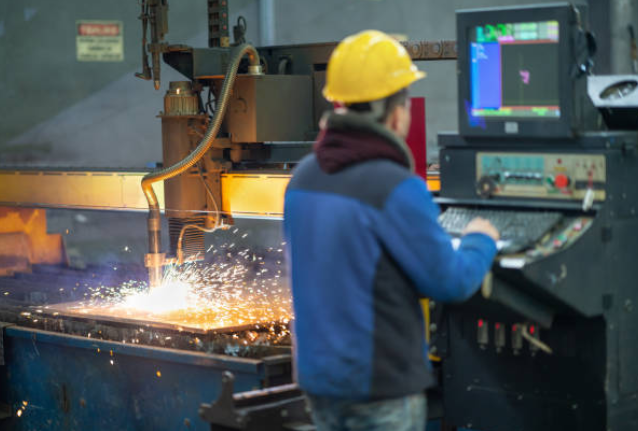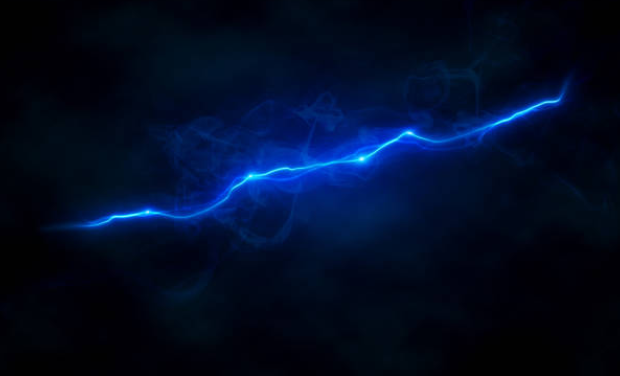If you are into car shops and the automotive industry, you are sure to have heard of plasma cutters. A plasma cutter is used all the time by people from the automotive sector like repairs and restorations, modification shops, and even car factories. It’s basically a plasma torch that generates hot plasma to cut through electrically conductive materials like aluminum, brass, copper, steel, etc. Every day, new plasma cutting machines are being developed because they can double the industry’s production speed, provide accurate cuts, and reduce operational costs. Today, the plasma cutter is deemed an innovative technology prevalent from major industrial factories to small hobby shops.
How Do They Work?
The plasma cutter works by producing a hot stream of plasma from the nozzle, which results from an electrical channel of superheated ionized gas being constantly streamed through the cutter that can ultimately cut away through the electrically conductive material. Think of it like a less effective lightsaber that needs to generate enough electricity to cause enough heat on the intended-to-be-cut objects so it can melt the pieces away bit by bit with great accuracy.

We told you to compare them with a lightsaber from Star Wars (which is true, in a way), but it takes a slower and less simplistic process to produce the same effect. Albeit inferior to the fictional lightsaber, the plasma cutter is not to be messed with. A typical plasma cutter can cut up to 1.5 inches of thick steel plating, which is thicker than your average frying pan, and a computer-controlled plasma cutter can go through a 6 inches plate with ease.
What Are Their Pros and Cons?

Since they are being used by virtually everyone working with conductive materials like metal, steel, copper, brass, and so on, they have been carefully reviewed and developed to be safe enough to be widely distributed; from your significant industrial factories to construction companies, to small hobby shops and automotive repairs, almost all of these occupations have provided a detailed account of the tool’s pros and cons. Let’s check them out:
PROS:
- It can cut any electrically conductive material, even high-alloy steel and aluminum
- It can cut through robust structural steel that is used as load-bearing in buildings
- It has a high cutting speed up to 10 times higher than oxyfuel
- It promotes automation
- It can be used to cut metals underwater
CONS:
- It leaves a wide cutting kerf
- It consumes a lot of electricity to operate
- It is more expensive than oxyacetylene cutting systems
- It is noisy
- It has a restriction for dry cutting and underwater cutting
The Takeaway
Even though they are inferior to laser cutting which can provide greater accuracy, they are still an excellent way to cut through steel and metal materials with a relatively low cost and decent speed. Manufacturers in the industrial sectors are using them to build complex designs that require precision, so that says a lot about its accountability. Keep in mind that there are various plasma cutter designs, and the higher the cost, the better performance it can give you.…

